15 things you probably never knew about Australian food

Think you know Australian food? Read on for 15 historical facts for Australian food-lovers.
The royal touch
As Prince Alfred toured Australia in 1867, many a hotel where he stayed felt called upon to change its name to the Royal Hotel. The Royal is still the most common hotel name in Australia, well ahead of the Commercial, the Railway and the Grand.
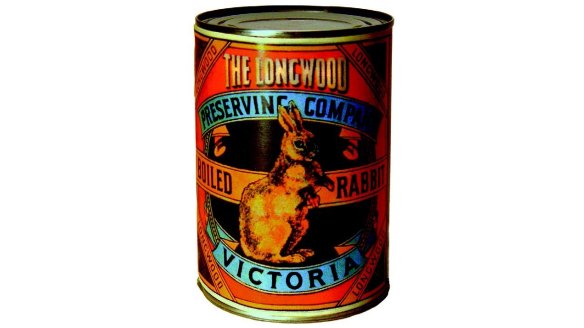
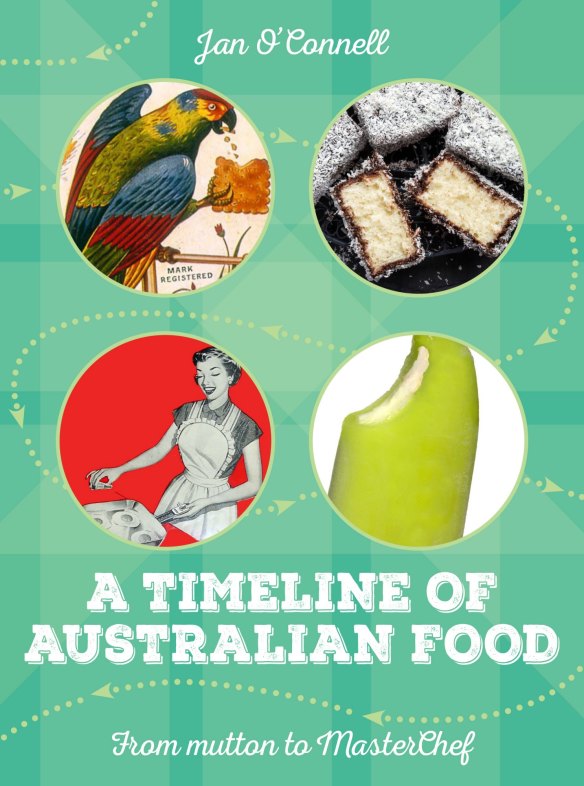
The great rabbit explosion
Passengers aboard the Aconcagua had a less-than-pleasant voyage through the Red Sea in 1878 when 20,000 cans of rabbit meat exploded in the heat. The cans were exported from South Australia, bound for Britain. The stench from rotting rabbit meat permeated the ship for days.
Kangaroo Island declared a bee sanctuary
South Australia's Kangaroo Island is home to the world's only remaining colony of pure-bred Ligurian bees. They were imported from Italy in 1884 and since the island was declared a bee sanctuary in 1885 all other bees have been excluded.
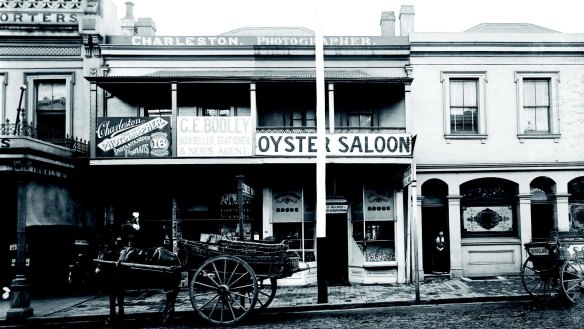
Oyster bars galore
There are two main kinds of oysters native to Australia. The Sydney Rock Oyster likes warmer waters and the Angasi or flat oyster prefers colder temperatures. Local Aboriginal people have always eaten them, as the shell middens found around our coastline attest, and in the first century of European settlement they were a cheap food for everyday workers. Towards the end of the 19th century, the oyster saloon or oyster parlour was the equivalent of today's fish and chip shop. In the 1880s, as the railways expanded, even inland towns had a regular supply of oysters. Wagga Wagga, at this time, had at least six oyster saloons. In 1888, as Geoffrey Blainey writes in Black Kettle and Full Moon, the main streets of Melbourne held at least sixty oyster bars. Oysters were opened on the spot and condiments included pepper, vinegar and Worcestershire sauce. The saloons were often located next to pubs, where patrons procured "Guinness's ale" to accompany their oysters.
World's first peanut butter
Sanitarium made the world's first commercially available peanut butter. Although the cereal manufacturers, Kellogg, patented a peanut butter process in 1895, the Australian product was launched commercially in 1898, several years before peanut butter was first sold in the US.
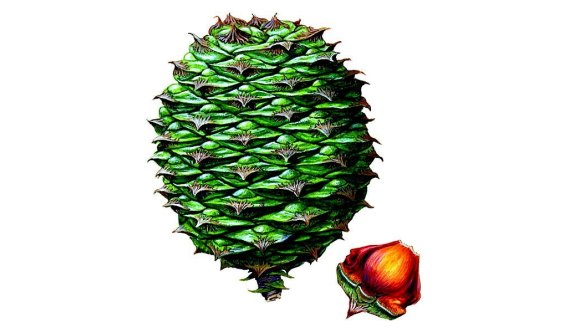
Last Bunya nut gathering
Bunya pines produce a bumper crop of nuts every three years or so. In these years, Aboriginal people used to gather in the Darling Downs to feast on the nuts and conduct ceremonies and trade. This ceased in 1902 when the Queensland government forced Indigenous people to relocate to Aboriginal reserves under the guise of "protecting" them.
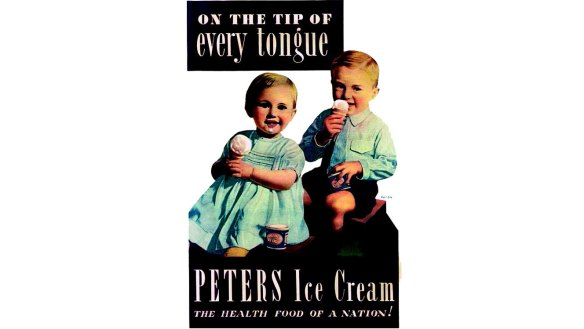
Ice-cream men
Confectioners were hand-making ice-cream in Australia as early as the 1840s. Then, in the 1900s, two makers emerged who would go on to bigger things. John Sennitt was an engineer for the Victorian Cold Accumulator Co., an ice manufacturing company. He eventually acquired the firm, gave it his own name, and began manufacturing Sennitt's Ice Cream in 1904. Streets bought the business in the 1960s.
In 1906, American migrant Fred Peters founded Peters Ice Cream in Sydney. He sold his first family bricks from a horse and cart in Manly. In 1927, he opened a factory in Melbourne. The slogan "The health food of a nation" lasted into the 1970s, when regulations about health claims forced a change.
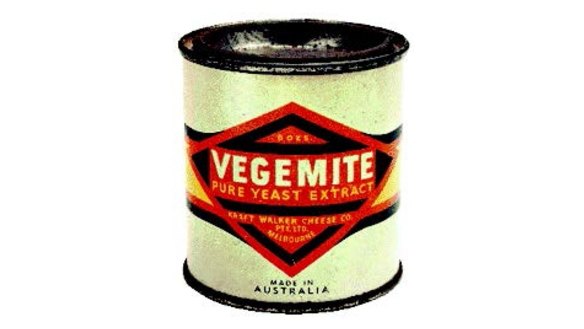
Vegemite was called what?
Although it was originally launched as Vegemite, Australia's national spread had a name change in its early years. The black, salty spread was developed by Cyril P. Callister in Melbourne for the Fred Walker Cheese Company and released in 1923. However, the new product failed to take sales away from Marmite, made by Sanitarium.
In 1928, the makers decided that a change of name, linked to a catchy new slogan, might boost Vegemite sales. They renamed it Pawill and adopted the slogan "Marmite, but Pawill". Strangely enough, the public were not convinced. In 1935 the name was changed back to Vegemite. In the late '30s the British Medical Association endorsed it as a rich source of B vitamins and Vegemite soon became a staple in Australian homes.
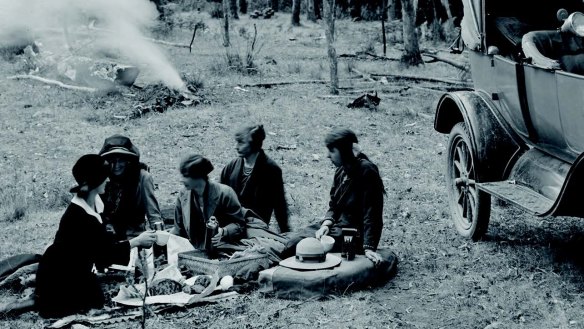
The chop picnic
In her book Bold Palates, Barbara Santich associates the chop picnic, a predecessor of the barbecue, with a growing interest in bushwalking and hiking. Newspaper reports of the day suggest it was a favoured social activity for Girl Guides, church youth groups and social clubs. Reaching the height of their popularity during the 1920s and '30s, chop picnics almost invariably took place in the bush, with meat impaled on green sticks and cooked over a fire. Mutton chops were cheap at the time, so if some of the burnt offerings were deemed too far gone to eat, it was probably no great loss.
Australia's first milk bar
The Black & White 4d Milk Bar, in Sydney's Martin Place was opened by Mick Adams in November 1932. He developed the concept after a trip to the US. Adams had changed his name from Joachim Tavlaridis and was one of many Greek immigrants who operated milk bars, cafes and fish and chip shops in Australia in the early 20th century.
Say hello to the tuna casserole
In March 1953, the Dubbo Daily Liberal and Macquarie Advocate published a recipe combining a can of condensed mushroom soup with milk, tuna, crushed potato chips and green peas, marking the emergence in Australia of the ubiquitous tuna casserole. "Casserole" formerly referred to the cooking vessel; now the term was attached to the dish itself, the go-to choice for 1950s hostesses.
The birth of the sausage sizzle
Coin-operated gas barbecues began to appear in public picnic grounds in the early 1960s. Large versions could be hired for social functions, leading to a new social phenomenon: the charity sausage sizzle. They popped up as drawcards for commercial enterprises, as a feature of school fetes and to supplement the traditional cake stall at election-day polling places. There was only one item on the menu: a sausage, slapped between two slices of white bread with a dollop of onion and (if you were lucky) your choice of sauce. (In 1989, the Labor premier of Western Australia was investigated by police for bribing voters with free sausages before the state election. It was finally concluded that "the dissemination of sausages" did not breach the Electoral Act.) The smell of frying onions soon became familiar to every Saturday morning hardware shopper.
Sydney's first Lebanese restaurant
The first Lebanese restaurant in Sydney was founded by the Mroueh brothers in 1967 in Pitt Street, Redfern. Oddly, it was named Wilsons. Wilson was the first name of one of the brothers, who had been named after US President Woodrow Wilson.
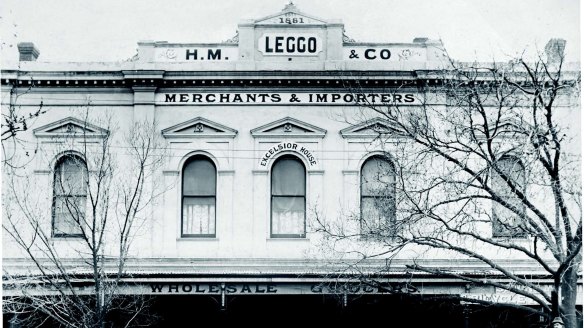
Leggo's not so authentico?
Think Leggo's is Italian? That's not surprising. The website of the brand's current owners, Simplot, declares "Leggo's is proud of its fine Italian traditions and has been a part of Australian cuisine since 1894". But, in fact, Leggo's heritage is as Cornish as pasties and stargazy pie.
Leggo is a Cornish name, common in the towns of Penzance and St Just. Henry Madren Leggo was the son of Cornish immigrants who arrived in Victoria's goldfields during the gold rush. He began working for a grocery distributor in Bendigo in 1882 and later bought the business. Henry may, as the website claims, have sold his mother's sauces and pickles to hungry miners in the gold rush town. But there was nothing Italian about them.
Henry died in 1937 and by 1950 the company was struggling. The range was reduced, with a recent addition to the product mix: tomato paste. Then, in 1975, sultry Italian actress Gina Lollobrigida starred in advertising to launch Leggo's new canned sauce range and the first Leggo's Italian Cookbook was released.
From that point, Australians seemed only too happy to believe that the name Leggo was Italian, while the company's Italian range continued to expand. Today, Leggo's Sweet Mustard Pickles is the sole non-Italian survivor.
Permaculture's Australian roots
Permaculture is a system of farming and sustainable living that tries to follow the patterns and features of natural ecosystems. It was developed by Bill Mollison and David Holmgren in Tasmania and grew out of an increasing interest in biodynamic and organic farming during the 1960s and '70s. Their first book, Permaculture One, was published in 1978.
This is an edited extract from A Timeline of Australian Food: From Mutton to MasterChef by Jan O'Connell, NewSouth Publishing, $34.99.
From our partners
Original URL: https://www.watoday.com.au/goodfood/15-things-you-probably-never-knew-about-australian-food-20180121-h0lrje.html